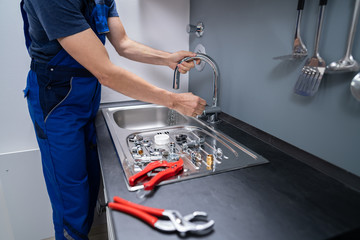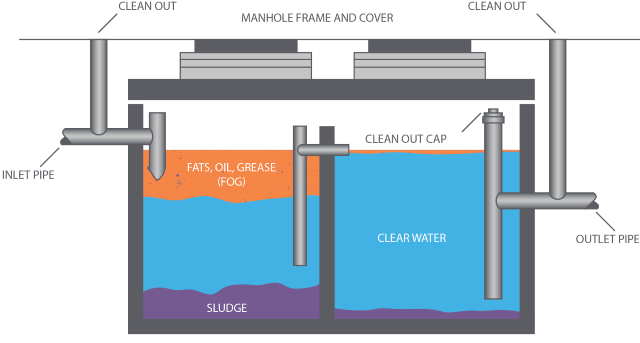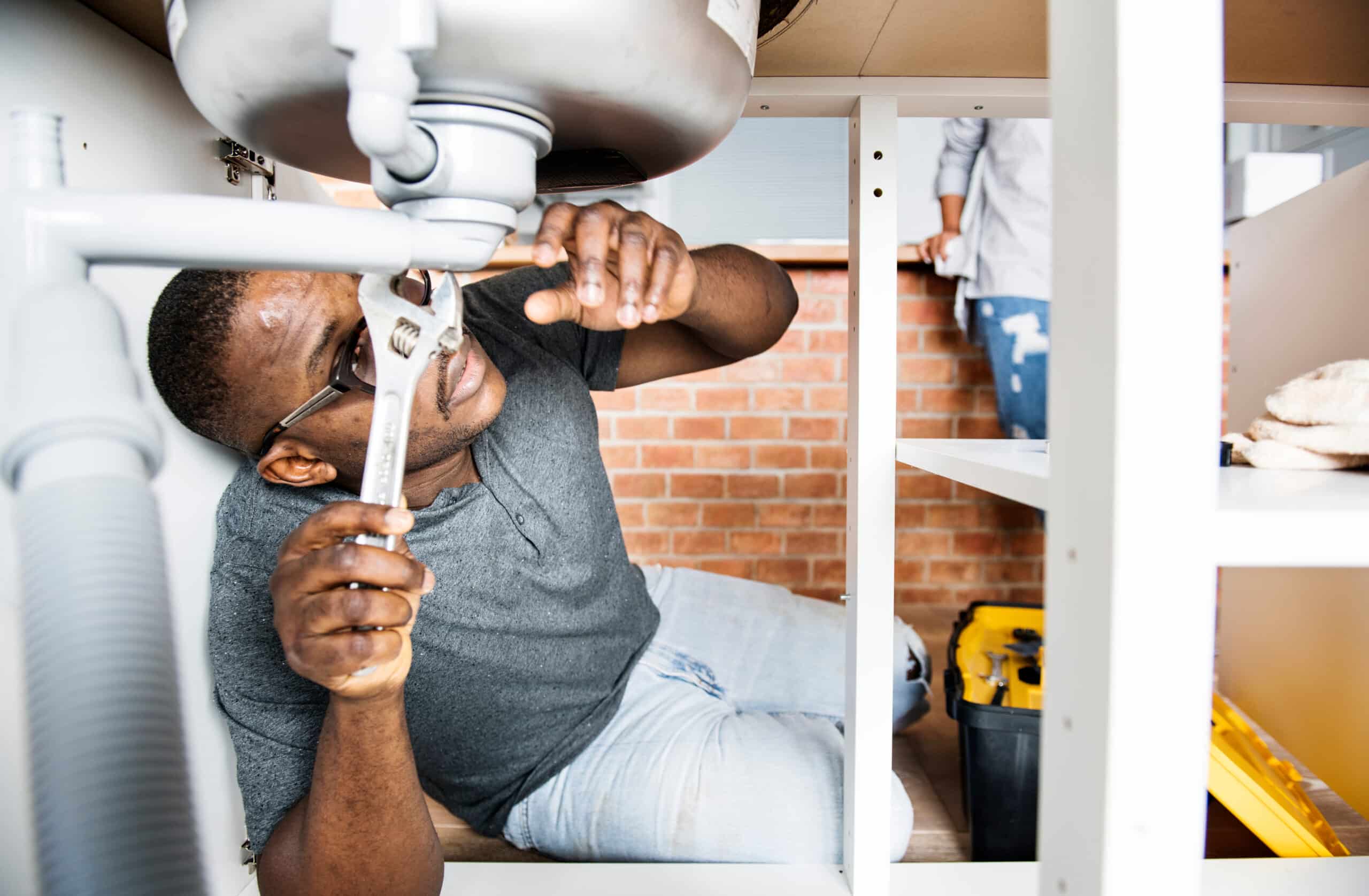Whether you have a burst pipe, water damage, or a toilet that won’t flush, a plumbing emergency needs to be resolved immediately. It’s a significant disruption that can cause a lot of stress.
It can also lead to extensive damage and expensive repairs. Plumbers Spring TX are available 24 hours a day and can provide the necessary services quickly.
Plumbing emergencies can happen at any time and are often not something that can wait until business hours on a weekday. These problems need to be addressed immediately to prevent damage and keep your family or workers safe. If you’re experiencing a plumbing emergency, it’s important to know what to look for when hiring an emergency plumber.
While there are many ways to prevent plumbing emergencies, the best way is through regular maintenance and inspections. It is also important to fix minor leaks promptly before they turn into major issues. You can do this by turning off your water and checking the area for moisture and leaks.
A burst pipe is one of the most serious plumbing emergencies and will require an immediate response from a 24-hour plumber. This is because a burst pipe can lead to extensive flooding and water damage, as well as potentially cause electrical problems. Ideally, you should turn off your water supply and call your plumber right away.
Another common problem that requires a 24 hour plumber is a clogged toilet. This can be caused by a variety of things, from food particles to a broken flushing mechanism. Most plumbers will be able to solve this problem quickly, and they can also help you with temporary measures until a permanent solution can be found.
It’s also a good idea to ask about the rates of an emergency plumber before you hire one. Some companies will charge a flat fee for night or weekend calls, while others may have a minimum service call. In addition, some will add an additional mileage fee.
A good tip when looking for an emergency plumber is to check their reviews and testimonials online. This will give you a good idea of their reliability. A good emergency plumber will be able to handle any type of plumbing issue, so make sure to choose the right one for your needs.
There are several signs that indicate it is time to call a plumber for an emergency repair. One of the most obvious is if your toilets are overflowing. This can be a sign of a blocked sewage line or a faulty flushing mechanism. In this case, you should turn off your water and contact a plumber immediately.
They are prompt
When a plumbing emergency occurs, you need to find an experienced plumber quickly. The right professional not only resolves your plumbing problem, but also protects your home from further damage and costly repairs. To ensure you get the best service, you should check the credentials and licenses of a potential plumber before hiring them. Also, make sure they have the proper insurance to cover any damages or accidents during the repair process. You should also ask them about their experience with different types of plumbing issues and how long they have been in business.
A good emergency plumber will be punctual and courteous when they arrive at your home. They will arrive prepared with tools and parts to resolve the problem as efficiently as possible. They will also give you advice on preventative measures to avoid future problems. They may even be able to help you with other household issues that you might not have thought of.
The first step in finding a good emergency plumber is to locate one near your home. You can do this by asking friends and family for recommendations or checking online reviews. Once you have a list of plumbers, narrow down the options by price and location. If possible, try to stay local so you don’t have to pay extra for travel fees.
When calling an emergency plumber, be as specific as possible with your description of the issue. This will help them provide you with a more accurate estimate over the phone. You should also ask them about their hourly rate and whether there is a call-out fee. Some plumbers will charge this, while others will include it in the job cost if the work is small.
A trustworthy emergency plumber will offer warranties and guarantees for their work. This is important because it provides peace of mind and assurance that the work will be done properly. Also, it shows that the plumber has the confidence to stand behind their work. If a plumber does not offer these services, you should look elsewhere. It is also a good idea to ask about any other additional charges, such as for maintenance tips.
They are affordable
When you are facing a plumbing emergency, you need an affordable solution. The cost of hiring a plumber to fix your problem during an emergency can be a major expense. Fortunately, there are many companies that offer affordable and reliable plumbing services. To find a good plumber, read reviews online and ask for recommendations from family and friends. Also, make sure to check the license and certification of your plumber before hiring them. It is important to know the rate that your plumber charges, as the price can vary depending on where you live and the type of plumbing service you need.
A burst pipe can cause significant damage in a short period of time, making it an emergency that can’t wait. The first thing to do is shut off the water supply at your home’s main valve, then contact an emergency plumber. Emergency plumbers will arrive at your home quickly to diagnose the problem and repair it. They are trained to handle a variety of plumbing issues and can repair all types of broken pipes and fixtures.
The price of an emergency plumber depends on the type of plumbing issue you have and how long it has been going on. For example, a clogged toilet will cost less to fix than a sewer backup. A sewage backup is dangerous and can lead to health problems. Often, it’s caused by tree roots that have grown into your sewer line. Sewage backups can also lead to flooding and costly repairs to your home.
An emergency plumber is typically more expensive than a regular plumber, but they are worth the extra expense. They will save you money in the long run by preventing costly damage to your home or business. Moreover, they will save you money on your utility bills, as they will be able to repair any leaks before they cause too much damage. In addition, they will ensure that your plumbing system works properly so you don’t experience further problems. If you’re looking for an emergency plumber near you, consider Angi’s list of certified and reliable plumbers.
They are reliable
If you’ve ever had a plumbing emergency, you know how urgent it is to find a reliable and honest plumber. You don’t want to trust just anyone, though, as you could end up with shoddy work that costs even more money in the long run. The best way to prevent this is to do your research before an emergency occurs. This includes checking out customer reviews and asking for references.
One of the most common plumbing emergencies is a burst water pipe. This problem can cause serious damage to your home and can lead to expensive repairs if it’s not fixed quickly. One of the first signs of a burst water line is a sudden loss of water pressure or the appearance of water stains. You should also check the temperature of your water to see if it’s cold or hot.
Another common plumbing issue is a clogged drain. While this may not be as urgent as a backed-up sewer line, it can still interfere with your daily routine and cause health hazards. When you’re searching for a plumber, it’s important to look for reviews from previous customers. You should also ask for references and check the plumber’s license before hiring them. You should also avoid choosing the cheapest plumber, as they might cut corners in order to save money.
Emergency plumbers are available 24 hours a day and are equipped to handle a wide range of plumbing problems. Some of the most common issues include a flooded basement, backed-up sewage, and a broken toilet. The key is to call a plumber as soon as you notice an issue. By doing so, you can save yourself a lot of time and money.
In a rush to fix your plumbing, it’s easy to hire the first emergency plumber that answers the phone. However, this is not a good idea. Before you call an emergency plumber, make sure that they are licensed and insured. You should also choose a reputable plumber that does background checks on its workers. This will ensure that you’re getting the highest quality of work possible.


